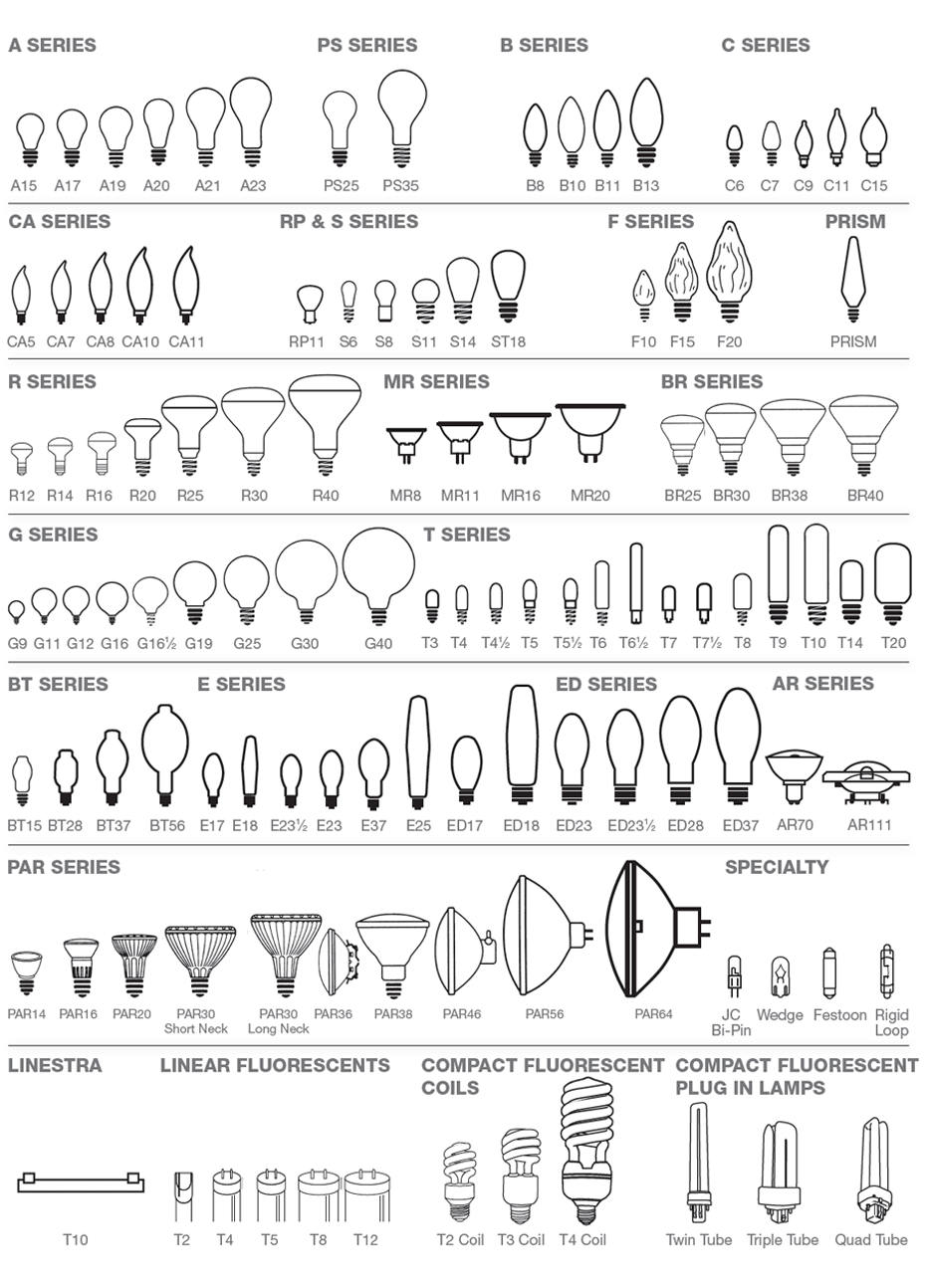Last Weekend in Stuttgart took place the first GAMEDEV HACKATHON, a competition about making a computer game within two days. Me and Raphael Lang attend and in the place we team up with Guz Gutmann from ambient robotics. The game we develop for this competition explores new ways of interaction, giving the players not only the chance to control the character (which in our case was a little red spherical starship) but also the environment on which the action take place. The goal of the game is go from one end of a linear maze to the other. Pretty simple isn't it, well the things get trickier when that line is magnified 100x by a microscope and shown in a TV, then the picture is recorded by a web cam and processed by Grasshopper which renders it now in a Rhino environment as a tridimentional landscape. The Hat, by another hand, controls the little red spherical starship through bending its vertical antenna. The antenna consist in a flex sensor which signal es processed by Arduino and sent to the PC, where the serial output is taken by Grasshopper to control the left or right direction of the starship.
Unexpectedly, we receive the award for the Most Innovative Game Concept. Among the judges appreciation were statements like:
"When I enter the room it this weird stuff call immediately my attention, so i had to go and check what it was"
" It looks fucking awesome!!"
" I could play it for hours"
Now i leave this demo video so you can check what is it about.
you can also check the event facebook:http://www.facebook.com/HackathonStg
or Website at:http://www.hackathon-stuttgart.de/
Unexpectedly, we receive the award for the Most Innovative Game Concept. Among the judges appreciation were statements like:
"When I enter the room it this weird stuff call immediately my attention, so i had to go and check what it was"
" It looks fucking awesome!!"
" I could play it for hours"
Now i leave this demo video so you can check what is it about.
you can also check the event facebook:http://www.facebook.com/HackathonStg
or Website at:http://www.hackathon-stuttgart.de/

